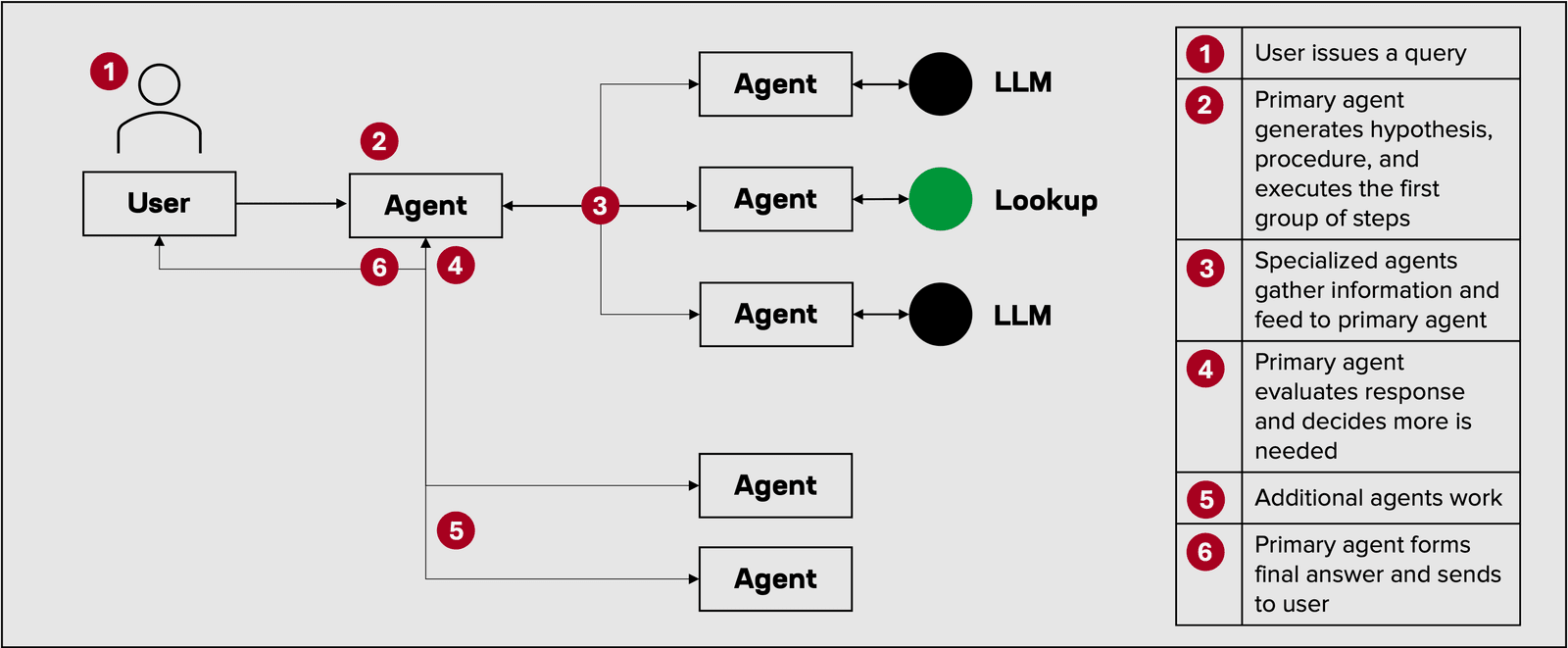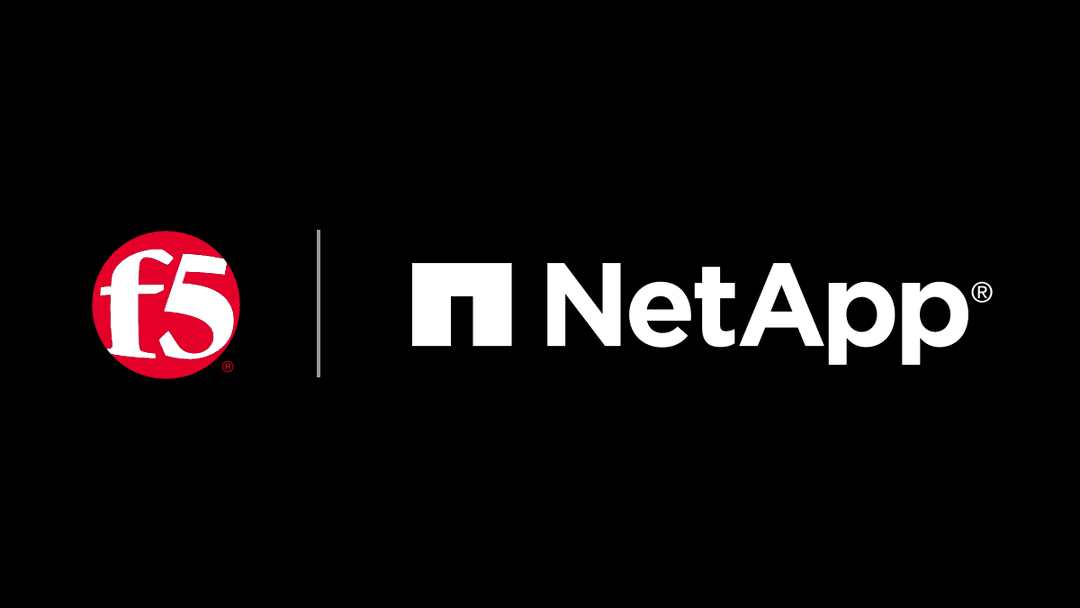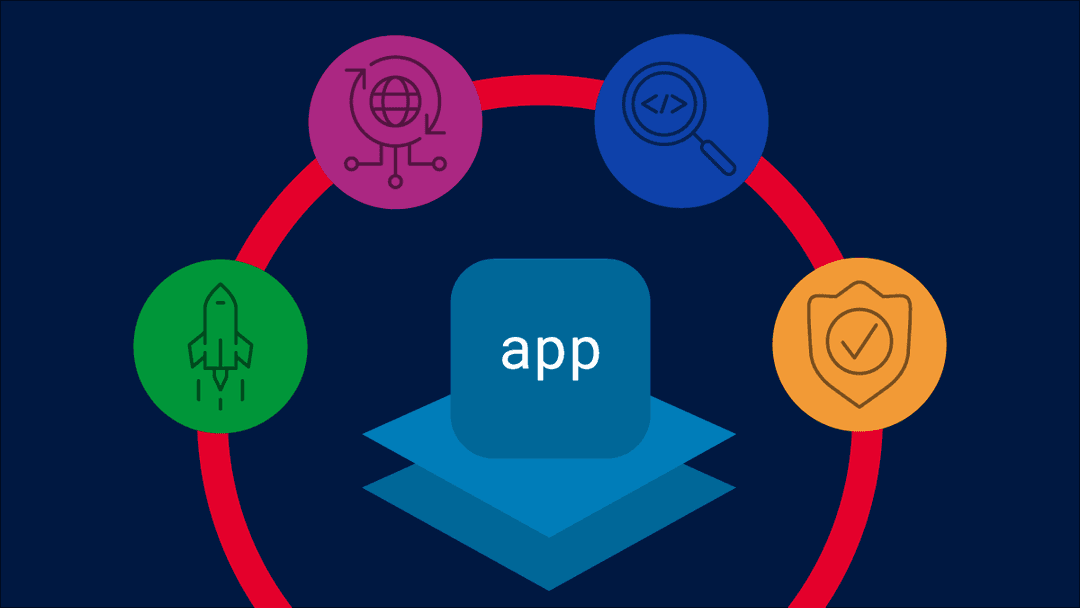Agentic AI is a synergistic blend of code and large language models (LLMs).
Agentic AI is all the rage
AI agents started to deliver measurable business value in 2024. Examples of this value can be easily found in vertical industries such as retail, healthcare, and manufacturing, as well as horizontal business functions such as sales, customer service, and support. Cosmetic retailer, Sephora, is one such example using AI with agents to raise the bar on skin care by combining real-time customer input with real world results and prior customer feedback to make more exact product recommendations. The retailer has automated and personalized the entire experience during each customer interaction. The result: 11% more sales with 30% fewer product returns.
The value of AI agents comes from using software and LLMs to automate multiple tasks with less, or even no human interaction. But what are these agents exactly, and how are they using AI?
What is an AI agent?
Agents are software executing specific tasks. Some agents specialize in one job like performing a web search on a given topic or querying an LLM enriched with domain specific information not available anywhere else. Others specialize in transforming a user request into a set of tasks and orchestrating worker agents to complete them. Whether orchestrating or executing, agents are highly directive and deterministic. No AI here. Each agent is pre-defined with all the information it needs to run and when to run. Software is magic, but it is not AI magic.
An example of agents at work is the chaining together of multiple steps to complete a larger task such as sending a personalized and timely prospecting email to a repeat customer. The process can be broken down into several smaller, discreet actions, each of which are easily executed by a single, specialized agent pre-coded for that purpose, such as querying a marketing leads database for any customer interactions in the past seven days, pulling the top three email addresses from the Customer Relationship Management (CRM) system sorted by number of interactions in the past 90 days, and sending a form email to each of them based on the latest sales campaign. These actions do not necessarily require AI.
What is the AI in agentic AI?
GenAI, provided by LLMs, can find patterns in data sources with greater context and richer responses than classic search. It can also summarize, analyze, or generate text to create or refactor information in more concise and useful ways. Leveraging LLMs is like adding magic to a process because their outputs are not deterministic. These models find the patterns sought with speed unmatched by any other computing method ever invented. The result appears to us as humans to be a form of reasoning. Over the past two years, the quality of LLM output improved from “kind of okay” to “remarkable.” So how do we know when to employ GenAI in an agentic solution?
Continuing with the prospecting email example, an email template can be used with minimal personalization, but an email generated by AI—with access to not only a great LLM designed for text generation, but also to private customer-specific information tied to their previous purchases and needs—is markedly better. The Conversica solution implemented at Epson tells the story: two of the most effective features of this agentic AI solution illustrating autonomous and repeated actions are: 1) the ability to engage in two-way email conversations over time and, 2) the sending of emails based on the time of day preferred by the recipient.
Agentic AI—The combo effect
Agentic AI combines extremely specific directive code that executes jobs with AI inference to generate or predict rich and contextual answers. Agentic AI is not magic, but it is more powerful than agents or GenAI operating alone. These two building blocks can be assembled in various amounts and combinations automating a flow of work to produce tremendously valuable results. Here is a simple diagram depicting an automated agentic AI workflow. It uses multiple types of specialized agents and AI models to complete a set of actions. The solution executes until an acceptable outcome is achieved, and then it is fed back to the user.

Example of an automated agentic AI workflow.
2025 is shaping up to be as equally exciting as 2024 with continued LLM reasoning and agentic platform development. Not long ago the prevailing attitude toward LLMs was that they could not be trusted. This might be the year we see a noticeable drop in comments like, “Agentic AI cannot possibly reason its way to a better answer than a human.” As agents and AI both mature and improve this year, there are three things to watch for:
- Emergence of new agentic AI development platforms including enterprise service bus, orchestration, and observability/tracing modules.
- Emergence of standards like MCP to standardize interfaces needed for agent to AI communication, and for safely accessing public and private data sources.
- Advancements in LLM reasoning.
The innovation path of agentic AI could surge in any of these three directions throughout 2025. Using them to compare agentic AI platform announcements against each other will clarify whether the new capabilities mature the platform, ease integration effort, or deliver the magic of the AI-enabled cognition.
About the Author
Related Blog Posts

Build a quantum-safe backbone for AI with F5 and NetApp
By deploying F5 and NetApp solutions, enterprises can meet the demands of AI workloads, while preparing for a quantum future.

F5 ADSP Partner Program streamlines adoption of F5 platform
The new F5 ADSP Partner Program creates a dynamic ecosystem that drives growth and success for our partners and customers.

Accelerate Kubernetes and AI workloads with F5 BIG-IP and AWS EKS
The F5 BIG-IP Next for Kubernetes software will soon be available in AWS Marketplace to accelerate managed Kubernetes performance on AWS EKS.
F5 NGINX Gateway Fabric is a certified solution for Red Hat OpenShift
F5 collaborates with Red Hat to deliver a solution that combines the high-performance app delivery of F5 NGINX with Red Hat OpenShift’s enterprise Kubernetes capabilities.
F5 Silverline Mitigates Record-Breaking DDoS Attacks
Malicious attacks are increasing in scale and complexity, threatening to overwhelm and breach the internal resources of businesses globally. Often, these attacks combine high-volume traffic with stealthy, low-and-slow, application-targeted attack techniques, powered by either automated botnets or human-driven tools.
Phishing Attacks Soar 220% During COVID-19 Peak as Cybercriminal Opportunism Intensifies
David Warburton, author of the F5 Labs 2020 Phishing and Fraud Report, describes how fraudsters are adapting to the pandemic and maps out the trends ahead in this video, with summary comments.